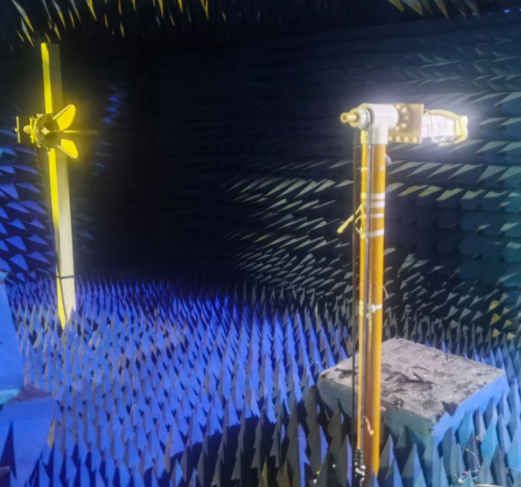Designing Antennas on PCB Boards
Designing Antennas on PCB Boards
Introduction

Printed circuit boards (PCBs) have become a mainstream choice for designing various electronic devices. The use of PCBs has eliminated several design challenges, including the production of antennas from scratch. PCB antennas offer easy integration, reduced board space, and improved impedance matching, making them a reliable choice for radio communication.
This article provides guidance on designing PCB antennas, considering the factors that mainly influence performance.
Design considerations
Designing antennas require a clear understanding of the radio frequency (RF) requirements for the application. Among the critical factors to consider include:
1. Operating frequency: The operating frequency of the PCB antenna determines the length and width of the device. The length must be capable of fulfilling half-wavelength, while the traces width should consider the desired impedance required for the antenna.
2. Antenna size: Typically, the larger the antenna, the higher the gain. However, the size of the device must be optimized for the overall device size, depending on the application.
3. Impedance matching: Impedance matching is a critical consideration for maximum power transfer, i.e., the antenna has to provide 50-ohm impedance matching with the input of the transmitter or receiver.
4. PCB Layout: The placement of the antenna and other critical components in the electronic circuit must be considered for reduced interference and cross-talk.
Design Procedure
The design process typically involves simulating and measuring the antenna's performance using an RF module. Here is a procedure for designing a PCB antenna:
1. Antenna selection- Select the type of antenna based on the operating frequency and size requirements.
2. Determine the trace width- This parameter determines the proper impedance matching of the antenna. Online calculators can be used to calculate the trace width.
3. Adjust the trace length- This depends on the operating frequency and the antenna's half-wavelength.
4. Add a matching network- A matching network is necessary to connect the antenna to the transmitter or receiver, which is typically a 50-ohm impedance network.
5. Measure and refine- Using an RF module, measure the performance characteristics of the antenna and tweak accordingly to optimize performance.
Best practices
To optimize the performance of the PCB antenna, the following best practices should be followed:
1. Keep the active antenna part away from other components that may interfere with its performance.
2. Ensure a continuous ground plane beneath the antenna. This helps reduce reflected power and improves radiation efficiency.
3. Use thicker copper traces, preferably 50 mils, to reduce the resistance of the trace.
4. Use Smooth traces and eliminate sharp angles that can introduce signal reflections and cause resonance.
Conclusion
PCB antennas offer a reliable solution for radio communication in modern electronic devices. Designing a PCB antenna requires a clear understanding of the antenna operating frequency, size, impedance, and layout requirements. Optimizing the performance of the antenna requires careful measurement and refinement of the design to ensure maximum power efficiency. Following best practices will go a long way in improving antenna performance, reducing interference, and improving radiation efficiency.





